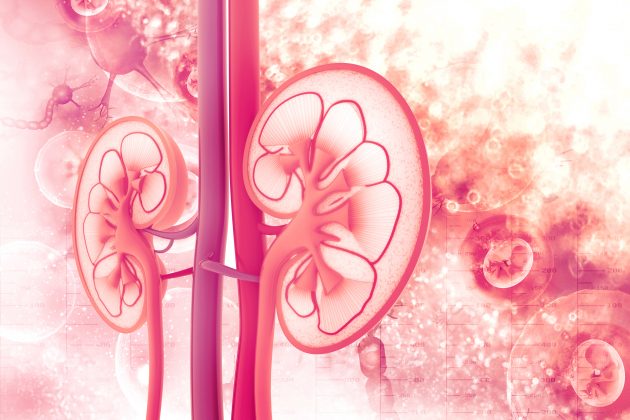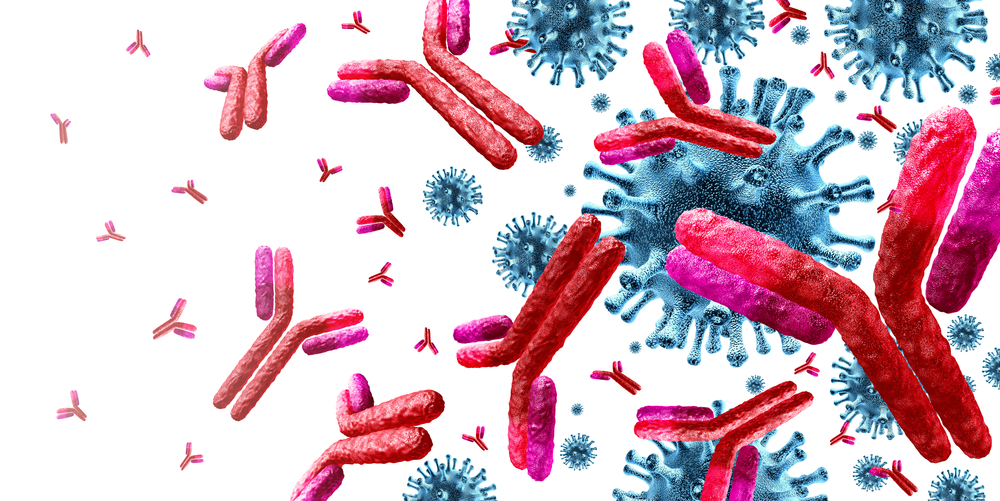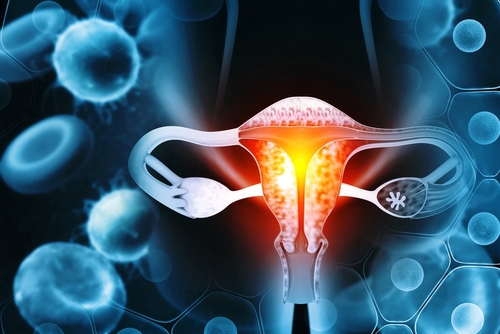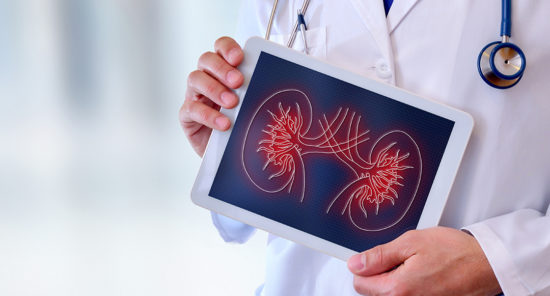The diagnosis of diabetes can be done using retinopathy to determine the diagnostic glucose or hemoglobin A1c (HbA1c) threshold. According to researchers, diabetic microvascular complications of nephropathy may occur at levels of HbA1c below the 6.5% (48 mmol/mol) diagnostic threshold.
Stephen L. Atkin, PhD, and colleagues conducted an analysis to determine whether an HbA1c diagnostic threshold of <6.5% could be identified based on a urinary albumin-creatinine ratio (UACR) of ≥30 mg/g in individuals not previously diagnosed with diabetes. Results of the analysis were reported online in Diabetes, Obesity, and Metabolism [doi.org/10.1111/dom.14449].
The analysis included UACR measurements in 20,158 participants in the 2011-2018 National Health and Nutrition Examination Surveys (NHANES; cycles 7-10 inclusive).
The analysis revealed a significant trend for increasing risk of UACR ≥30 mg/g across increasing categories of HbA1c (P<.0001). The trend was due primarily to the high prevalence of increased UACR in the ≥7.0% HbA1c subgroup of individuals not previously diagnosed with diabetes. There were no significant differences in odds ratios between the lower HbA1c subgroups and the HbA1c subgroup <5.0%.
There were racial differences in the risk of UACR (P<.0001). White and Black participants exhibited little risk until they reached HbA1c of 7.0% (versus HbA1c <5.0%). In Asian and Hispanic participants, there was some increased, but nonsignificant, risks at lower HbA1c levels. Maximizing the area under receiver operating characteristic curves from logistic regression predicted an ideal HbA1c threshold of 5.8%, but there was little variation in area from 5.5% to 7.0%.
In conclusion, the researchers said, “A clinically useful diagnostic threshold below 6.5% for HbA1c for elevated UACR risk was not identified, with increased risk only obvious at HbA1c ≥7.0%. Thus, the retinopathy-derived HbA1c threshold of 6.5% also captures the risk of diabetic nephropathy in NHANES.”
Credit: Original article published here.










